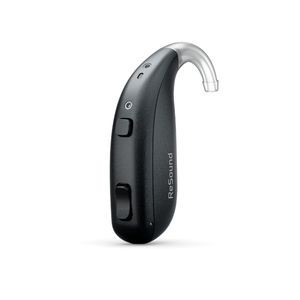Resound Enzo IA
- AI-powered adaptability
- Advanced speech understanding in noise
- Next‑generation connectivity
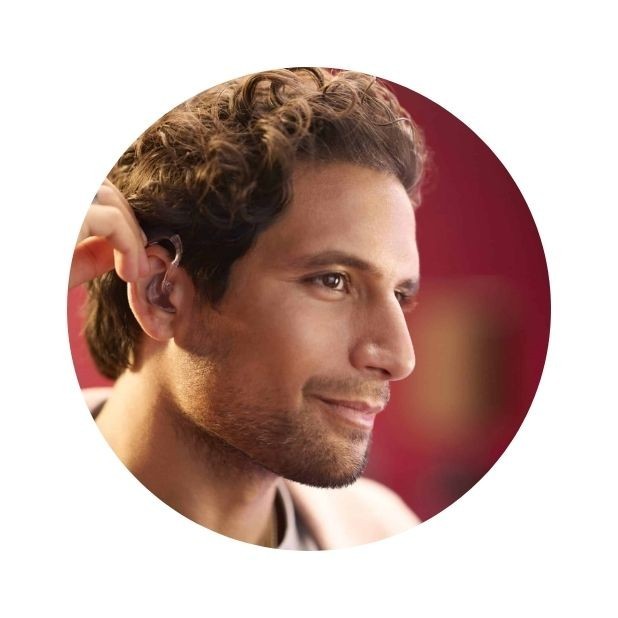
Resound Enzo IA Hearing Aids Overview
The Resound Enzo IA has arrived, and it's tackling one of the most challenging areas in hearing care - supporting people with severe to profound hearing loss.
This isn't just another powerful hearing aid; it's what happens when you combine great amplification with genuinely clever technology, all into something surprisingly compact.
It's also nice to see a device that properly addresses the unique challenges that super power users face.
For instance, this level of hearing loss requires serious power to access speech, but historically, that power has come with some compromises.
Bulky devices, constant feedback issues, or batteries that gave up halfway through the day, just when you needed them most - to name but a few.
At first glance, the Enzo IA seems designed specifically to tackle these frustrations head-on, and the results are rather impressive.
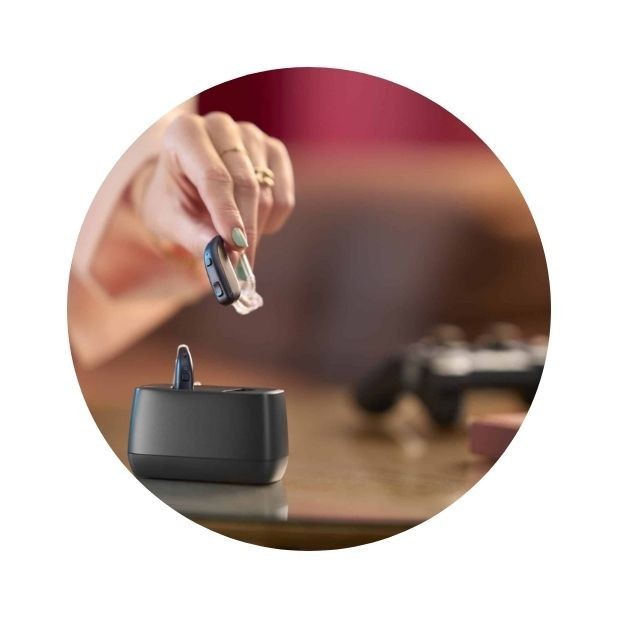
Intelligence Augmented Processing
Resound calls their approach "Intelligence Augmented" or IA, which sounds like typical tech marketing until you understand what it actually does.
Rather than simply cranking up the volume, the device uses a specialised 360 chip that processes environmental sounds in real-time.
This is done by using machine learning to work out what kind of situation you're in and adjust accordingly.
This isn't the passive amplification of older super power aids - it's active, thoughtful processing that recognises the difference between a noisy restaurant and a quiet living room conversation.
It's rather like having a very attentive audiologist constantly monitoring your environment and making adjustments that respond in milliseconds rather than minutes.
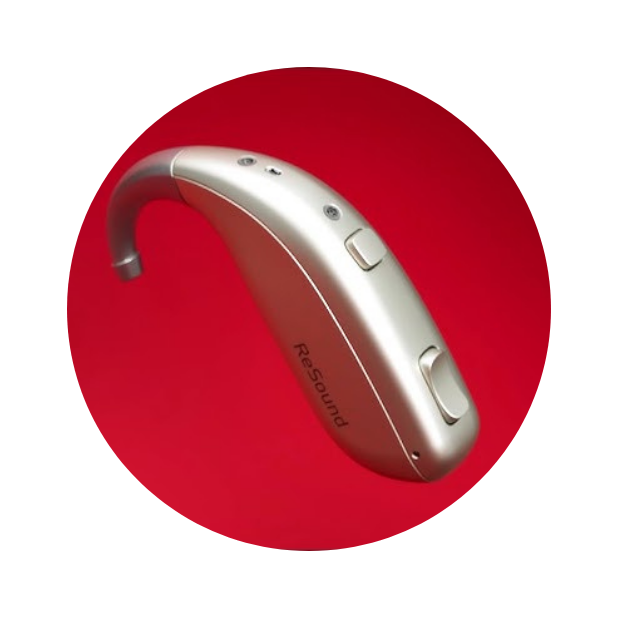
The Look & Performance
Despite packing in all this technology and power, the Enzo IA maintains a surprisingly compact form factor - it's actually 12% smaller than its closest competitor.
For people who need super power amplification, having a device that isn't bulky, for some, can make a real difference to confidence and comfort in social situations.
Available in ten colour options, you can match your hair or style, though, as the device is subtle enough, colour might potentially become more about personal preference than something to hide.
You can view the colours in the image below. The three performance levels include:

Resound Enzo IA Hearing Aid Technology
Clear Focus Technology
Precision where it really matters
The Enzo IA's Clear Focus system is what Resound describes as the hearing industry's most narrow beamformer, which essentially means it's exceptionally good at spotlighting speech in front of you while eliminating distractions from other directions.
Think of it as a highly sophisticated spotlight for your ears - it illuminates exactly what you want to hear whilst dimming everything else.
In testing, this resulted in users preferring the Enzo IA for hearing in noise 93% of the time compared to previous devices, with a meaningful 2.7 dB improvement in signal-to-noise ratio.
That might not sound like much, but for someone with severe hearing loss, that difference can mean following a conversation or feeling completely lost.
We've all experienced that moment when background noise suddenly makes speech unintelligible - with the Enzo IA, those moments become considerably fewer.
DFS Ultra III Feedback Management
For super power users, feedback is often a constant battle. You might go to put on a hat, give someone a hug, or even turn your head too quickly, and suddenly your hearing aids are whistling loudly.
The Enzo IA includes what Resound claims is the most advanced feedback management to date, providing stable gain without the annoying whistles that can make social situations genuinely uncomfortable.
This might seem like a small thing until you've experienced it with your hearing aids - then you'll really appreciate how well this system works. The freedom to move naturally without constantly worrying about feedback is simply liberating for many users.
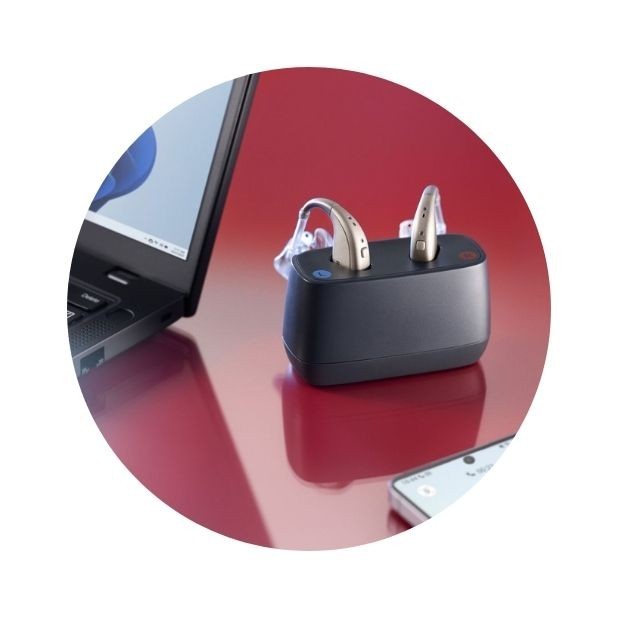
Battery Life
One of the most impressive aspects of the Enzo IA is how it manages to deliver up to 28 hours of battery life while, at launch, being the world's smallest rechargeable super power hearing aid.
Even when you're streaming media for half the day, you'll still get 20 hours of use.
This addresses one of the biggest anxieties for people with severe hearing loss - the fear of their hearing aids dying during important moments.
With the Enzo IA, you can actually plan a full day out, attend evening events, or take long flights without constantly worrying about battery levels.
The fast-charging capability means even a short top-up can keep you going, and the desktop charger is refreshingly straightforward - just drop the aids in when you're done for the day.
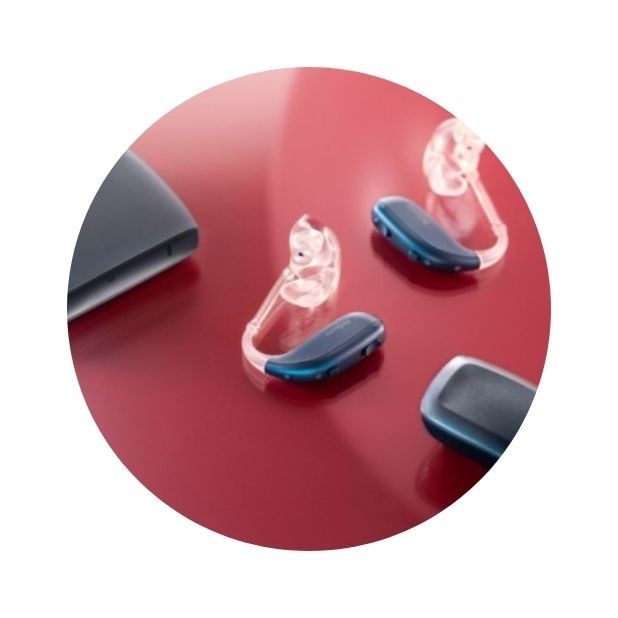
Connectivity
The Enzo IA supports Bluetooth Low Energy Audio and Auracast technology, making it the first super power hearing aid to offer these advanced connectivity options.
This means you can access audio broadcasts in public venues through your smartphone and connect to two devices simultaneously,
As well as stream phone calls directly to both ears with a simple tap of the hearing aid.
The connectivity isn't just technically impressive - it's actually practical enough to use regularly.
The days of struggling with patchy Bluetooth connections or having to choose between your phone and tablet are indeed over.
Plus, with hands-free calling support for modern iPhones and Android devices, you can take calls without fumbling for your phone.
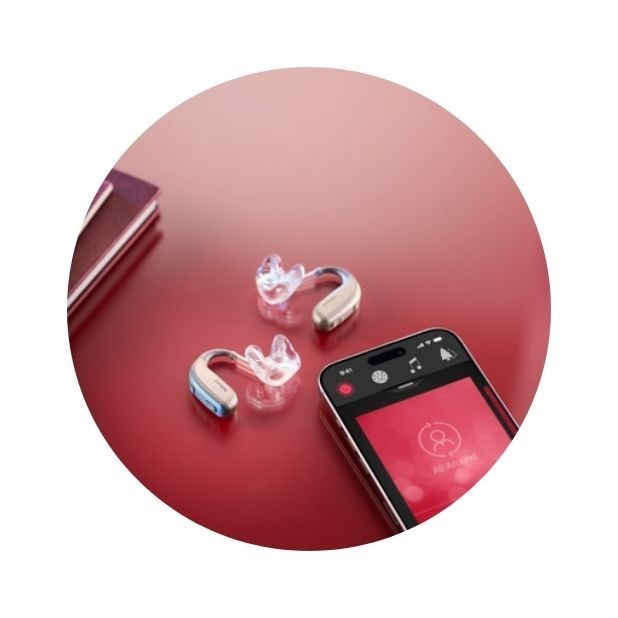
The Resound Smart App
The accompanying smartphone app isn't just an afterthought - it's a really useful tool for managing your hearing experience.
You can adjust settings on the go, check battery levels, and even receive remote adjustments from your audiologist without leaving home.
The Find My Hearing Aids feature is particularly valuable for super power users who absolutely cannot afford to lose their devices.
Remote fine-tuning through the Resound Assist feature means you can get professional adjustments through video calls with your provider.
Brilliant for those follow-up tweaks that can seem necessary in the first few weeks of wearing new aids.
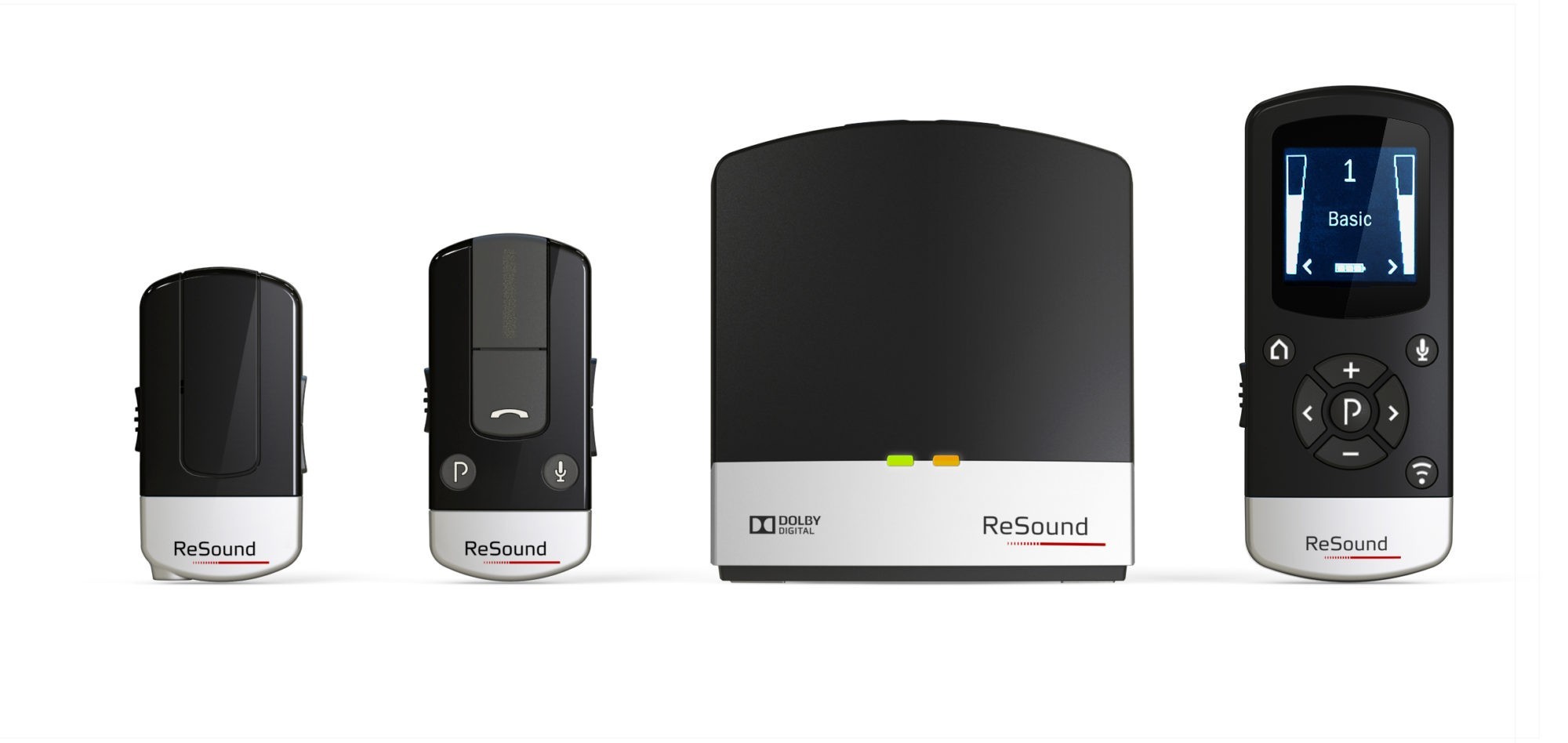
Resound Enzo IA Hearing Aids
Accessories, prices, video, and performance comparisons
Additional support options
The Enzo IA works with Resound's Multi-Mic+ for improved listening in public spaces and the TV-Streamer+ for better television listening.
These aren't just optional extras; for many super power users, they're essential tools for accessing speech in challenging situations where even the most advanced hearing aid might need some extra help.
The Multi-Mic+ is particularly clever - you can set it on a restaurant table, clip it to a companion's clothing, or place it near a speaker to dramatically improve your ability to follow conversations in noisy environments. It's the kind of practical accessory that addresses real-world challenges rather than theoretical ones.
Conclusion
The Enzo IA lacks a separate Deep Neural Network processing chip found in some premium devices, likely to maintain its compact size. It's also rechargeable-only, so there's no disposable battery alternative available.
However, even though the launch is still in its infancy, the Resound Enzo IA seems to represent a significant advancement in super power hearing aid technology.
Combining powerful amplification with intelligent processing and modern connectivity. For someone who needs this level of support, Enzo IA could make the difference between struggling with conversations and confidently engaging with the world.
The Enzo IA is available through our qualified hearing care professionals who can ensure proper fitting for your specific needs.
Discover the Resound Enzo IA hearing aid prices below
Watch the Resound Enzo IA hearing aid video below
Resound Enzo AI Hearing Aid Information
Click on the below buttons for more informationCompare Performance Levels of the Resound Enzo IA Hearing Aids
Need more support?
If you're living with severe to profound hearing loss and are tired of compromising between power, comfort, and reliability, the Resound Enzo IA could be the solution you've been waiting for.
Contact one of our qualified hearing care professionals today to discover whether this advanced technology can transform your daily hearing experience and is the right match for you.
We can also support your hearing health and treatment locally, either in a clinic or in the comfort of your own home.
Our specialist service includes:
Do not spend hundreds of pounds without getting a second opinion from us.
Please call us on 0800 567 7621
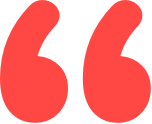 Not only are the prices great, but the service is fantastic! Many thanks to your team.
Not only are the prices great, but the service is fantastic! Many thanks to your team.What's included in our hearing aid prices?
Other pages you might find useful
FAQs
In general, any audiologist will always recommend to you the hearing aid model that best suits your needs. Here is a useful checklist to make sure that is the case.
- Audiologist's level of knowledge: The audiologist you have seen will hopefully have a wide knowledge of all available hearing aids; however, some will only be familiar with a small number of brands and, therefore, may not really be in a position to know which model is the best for you. It is OK to challenge their recommendation and ask them to justify why this particular brand is the one for you.
- Do research: Read about the hearing aid that was recommended. Does it seem like it will suit your lifestyle? Does it have more or fewer features than you need?
- Be aware of sales targets: Many high street retailers have specific tie-ins to a particular manufacturer/brand. The hearing aid they have suggested may still be the correct one for you, but do your research so that you know why they might have recommended it.
If you have significant hearing loss in both ears, you should be wearing two hearing aids. Here are the audiological reasons why:
Localisation: The brain decodes information from both ears and compares and contrasts them. By analysing the minuscule time delays as well as the difference in the loudness of each sound reaching the ears, the person is able to accurately locate a sound source.
Simply put, if you have better hearing on one side than the other, you can't accurately tell what direction sounds are coming from.
Less amplification is required: A phenomenon known as “binaural summation” means that the hearing aids can be set at a lower and more natural volume setting than if you wore only one hearing aid.
Head shadow effect: High frequencies, the part of your hearing that gives clarity and meaning to speech sounds, cannot bend around your head. Only low frequencies can. Therefore, if someone is talking on your unaided side, you are likely to hear that they are speaking, but be unable to tell what they have said.
Noise reduction: The brain has its own built-in noise reduction, which is only really effective when it is receiving information from both ears. If only one ear is aided, even with the best hearing aid in the world, it will be difficult for you to hear in background noise as your brain is trying to retain all of the sounds (including background noise) rather than filtering them out.
Sound quality: We are designed to hear in stereo. Only hearing from one side sounds a lot less natural to us.
Fancy some further reading on this topic? You can read about why two hearing aids are better than one in our article, hearing aids for Both Ears, here
For most people, the main benefit of a rechargeable hearing aid is simple convenience. We are used to plugging in our phones and other devices overnight for them to charge up. Here are some other pros and cons:
For anybody with poor dexterity or issues with their fingers, having a rechargeable aid makes a huge difference, as normal hearing aid batteries are quite small and some people find them fiddly to change.
One downside is that if you forget to charge your hearing aid, then it is a problem that can't be instantly fixed. For most, a 30-minute charge will get you at least two or three hours of hearing, but if you are the type of person who is likely to forget to plug them in regularly, then you're probably better off with standard batteries.
Rechargeable aids are also a little bit bigger and are only available in Behind-the-Ear models.
Finally, just like with a mobile phone, the amount of charge you get on day one is not going to be the same as you get a few years down the line. Be sure to ask what the policy is with the manufacturer's warranty when it comes to replacing the battery.
For most people, the answer is yes. But it's never that simple.
The majority of hearing problems affect the high frequencies a lot more than the low ones. Therefore, open fitting hearing aids sound a lot more natural and ones that block your ears up can make your own voice sound like you are talking with your head in a bucket. Therefore, in-ear aids tend to be less natural.
However, the true answer is we can't tell until we have had a look in your ears to assess the size of your ear canal, and until we have tested your hearing to see which frequencies are being affected.
People with wider ear canals tend to have more flexibility, also there are open fitting modular CIC hearing aids now that do not block your ears.
There is also the age-old rule to consider, that a hearing aid will not help you if it's sat in the drawer gathering dust. If the only hearing aid you would be happy wearing is one that people can't see, then that's what you should get.
Most people can adapt to any type of hearing aid, as long as they know what to expect. Have an honest conversation with your audiologist as to what your needs are.
Generally speaking, six or more. Unless it's none at all. The number of channels a hearing aid has is often a simplistic way an audiologist will use to explain why one hearing aid is better than another, but channels are complex, and it is really not that straightforward. Here are some reasons why:
Hearing aids amplify sounds of different frequencies by different amounts. Most people have lost more high frequencies than low, and therefore need more amplification in the high frequencies. The range of sounds you hear is split into frequency bands or channels, and the hearing aids are set to provide the right amount of hearing at each frequency level.
Less than six channels, and this cannot be done with much accuracy, so six is the magic number. However, a six-channel aid is typically very basic with few other features and is suitable only for hearing a single speaker in a quiet room. The number of channels is not what you should be looking at; it's more the rest of the technology that comes with them.
As a final note, different manufacturers have different approaches. One method is not necessarily better than any other. For example, some manufacturers have as many as 64 channels in their top aids. Most tend to have between 17 and 20. One manufacturer has no channels at all.
Manufacturer's warranties typically last between 2-5 years, depending on the brand and model, and cover defects in materials and workmanship. This includes repairs for component failures, electronic malfunctions, and manufacturing defects, but excludes damage from misuse, accidents, or normal wear. Most manufacturers also include loss and damage insurance for the first year.
We handle all warranty claims on your behalf, liaising with manufacturers and ensuring you get replacement devices quickly when needed. This comprehensive warranty coverage, combined with our lifetime aftercare, gives you complete peace of mind.
Our hearing tests are completely free, whether at our clinics or in your home. Unlike other providers who charge £30-£100 for home visits, we believe hearing healthcare should be accessible without financial barriers. Our comprehensive assessments include examination by a registered audiologist, audiogram results, and personalised recommendations.
All testing, future adjustments, and ongoing support are included at no extra cost. While NHS tests are also free, typical 6-week waiting periods often lead people to seek immediate private testing. We provide prompt, professional assessments that fit your schedule and budget.
Yes, we offer completely free home visits throughout the UK, and this service is included in our prices with no additional charges. Home visits are particularly valuable for people with mobility issues, busy schedules, or those who simply prefer the comfort and convenience of their own environment.
Our audiologists can conduct full hearing tests, fit hearing aids, and provide ongoing support in your home. This service sets us apart from many providers who either don't offer home visits or charge extra for them.
We can offer prices up to 40% lower than high street retailers because of our business model. As a network of 200+ independent audiologists, we don't have the massive overheads of large retail chains - no expensive high street premises, no sales targets pushing audiologists to sell the most expensive options, and no costly marketing campaigns.
However, we maintain the same buying power as the big chains because we purchase on behalf of our entire nationwide network. This means you get access to the same premium hearing aids with professional service, but at genuinely competitive prices.
We offer a comprehensive 60-day money-back guarantee, which gives you twice the industry standard time to properly assess whether your hearing aids are right for you. This extended period recognises that adjusting to hearing aids takes time, and your brain needs several weeks to adapt to the amplified sounds.
Unlike many providers who offer just 30 days, we believe 60 days gives you the confidence to test your hearing aids in all the situations that matter to you - from quiet conversations at home to busy restaurants and outdoor activities.
The Resound Enzo IA Hearing Aids
Ask the Experts
6 Morton Lane
Walkwood
Redditch
Worcestershire
B97 5QA
Latest Launch
When we refer to a product as 'Latest Launch', we mean it is the latest to be released on the market.
New
When we refer to a product as 'New', we mean that the product is the newest hearing aid model on the market.
When we refer to a product as 'Superseded', we mean that there is a newer range available which replaces and improves on this product.
Older Model
When we refer to a product as an 'Older Model', we mean that it is has been superseded by at least two more recent hearing aid ranges.


